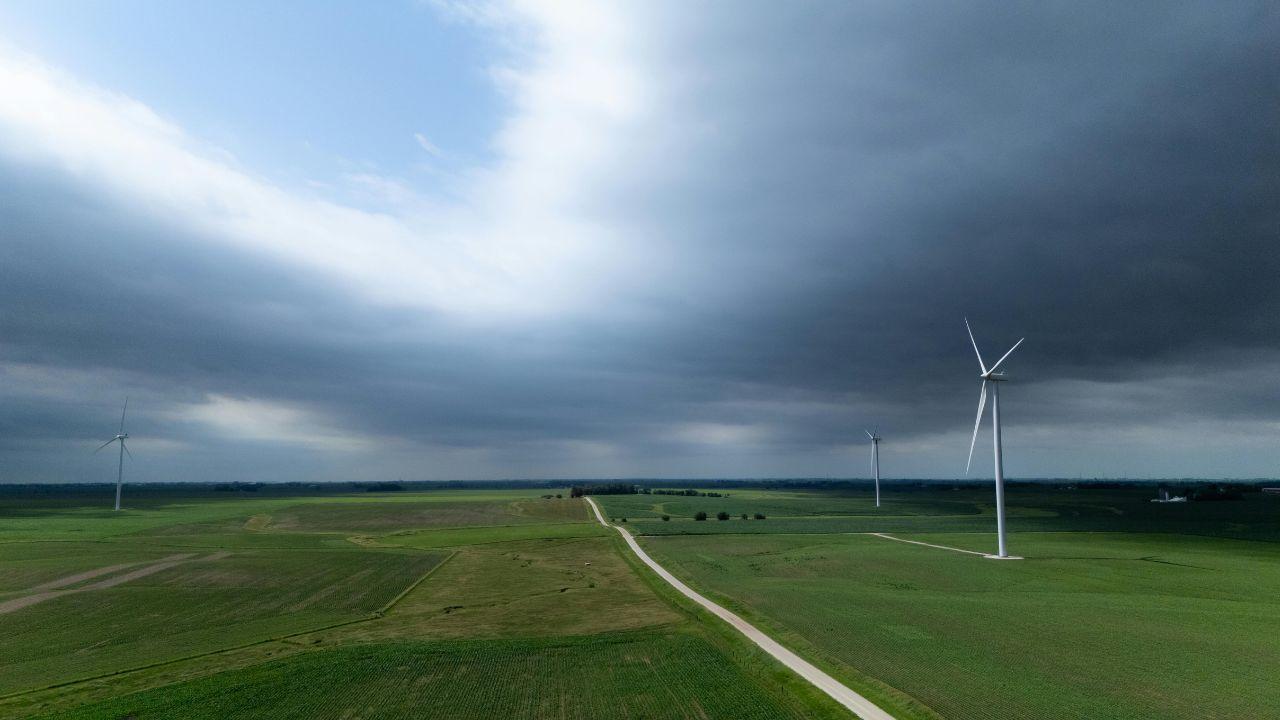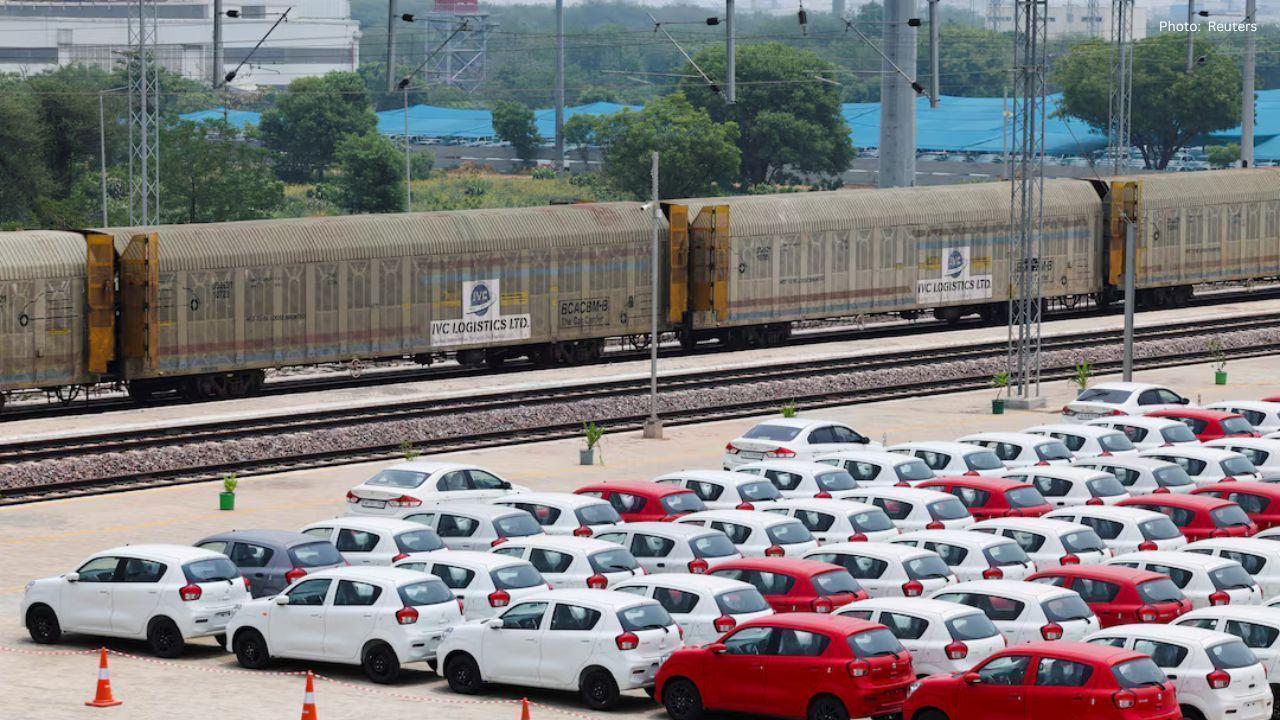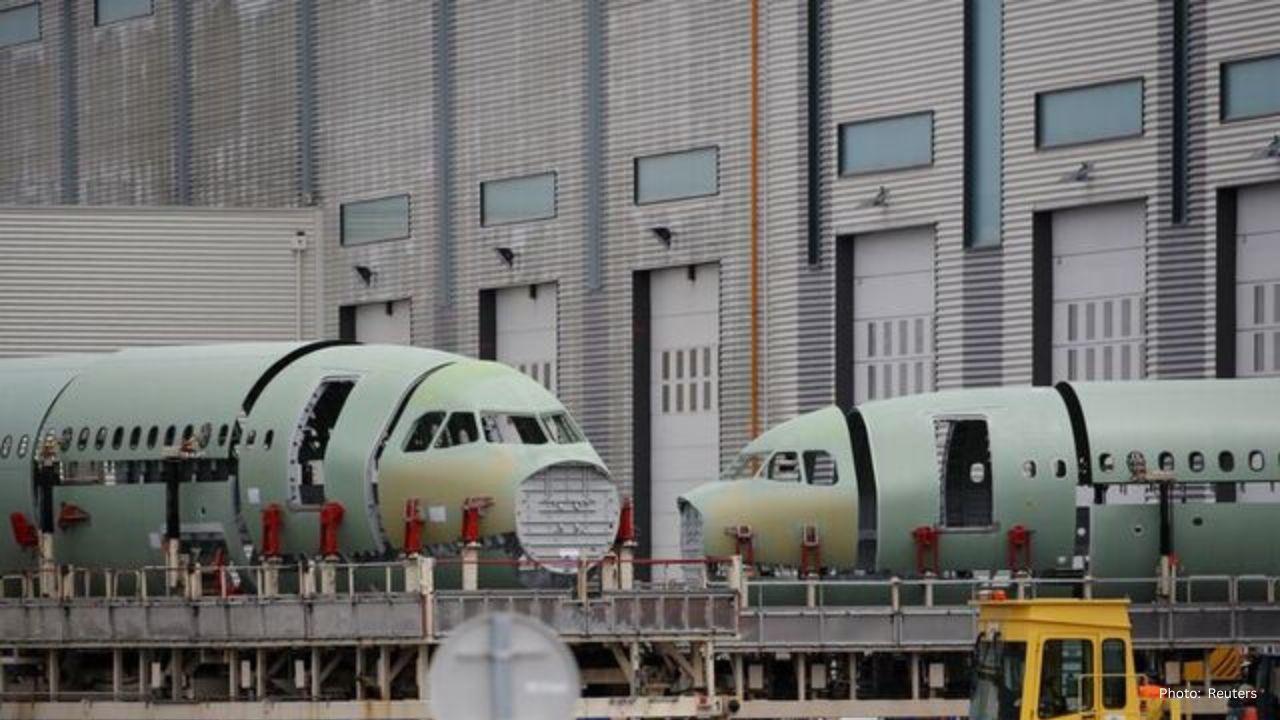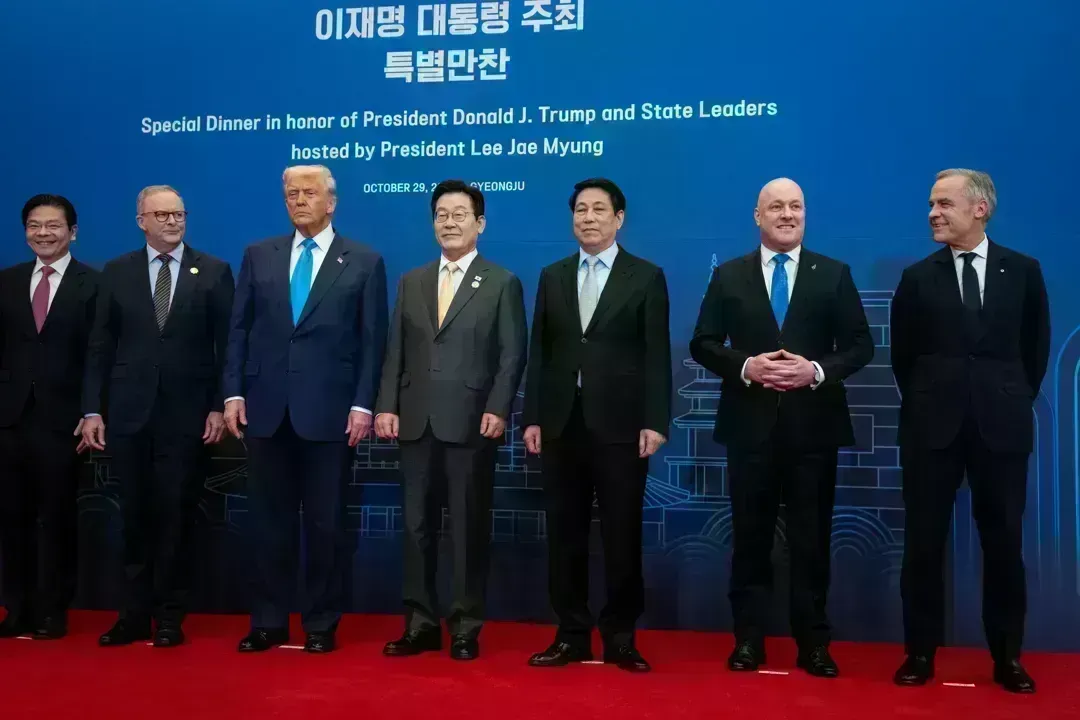
Post by : Meena Rani
The wind turbine composites market in India is showing strong and steady growth. In 2024, the market earned 1,042.5 million US dollars, and by 2030, it is expected to reach 1,730.7 million US dollars. This rise will take place at a yearly growth rate of 8.8 percent. Such progress reflects India’s growing commitment to renewable energy and its efforts to meet increasing electricity demand in a clean way.
Why Composites Are Important
Composites are special materials that are made by combining two or more substances to get better strength, durability, and performance. In wind turbines, composites are used for making blades, nacelles, and other important parts. These materials are lightweight yet very strong, which helps turbines work smoothly even in strong winds.
The use of composites ensures longer life for turbines, less maintenance, and better efficiency. That is why demand for them is rising every year in India.
Glass Fiber Leads the Market
Among all composite materials, glass fiber was the leader in 2024. It accounted for the largest share of market revenue. Glass fiber is popular because it is strong, cost-effective, and easy to work with. Manufacturers prefer glass fiber for turbine blades as it provides stability while keeping costs under control.
Carbon Fiber Growing Fast
While glass fiber is leading, carbon fiber is expected to grow at a faster rate in the coming years. Carbon fiber is lighter and stronger than glass fiber, which makes it suitable for larger turbines and advanced designs. However, it is more expensive. Even with higher costs, the increasing need for high-performance blades is pushing the demand for carbon fiber forward.
Government Support and Investments
The Indian government has been giving strong support to renewable energy projects. Several wind power projects are being built across the country, and these projects need reliable composite materials. Investments from both government and private companies are helping expand production, improve technology, and build a strong supply chain.
Such efforts are also reducing dependence on imports and encouraging local manufacturing of composites. This not only supports energy goals but also creates new job opportunities in the country.
How Wind Energy Shapes the Future
Wind energy is one of the cleanest sources of power. India has set ambitious targets to cut down pollution and increase the use of green energy. By expanding the wind turbine composites market, the country is ensuring that it has the right materials to build and maintain thousands of turbines.
This development will help India reduce its reliance on fossil fuels, cut down carbon emissions, and make electricity more sustainable for the growing population.
Benefits for the Economy
The rapid growth of the wind turbine composites market will also benefit India’s economy. Local companies that make or supply composites will see higher demand, which means more income and expansion. It will also create job opportunities for workers in factories, transport, and related services.
By boosting local production, India can also become a stronger player in the global renewable energy market. This will open the door for exports and international partnerships in the coming years.
The rise of India’s wind turbine composites market shows the country’s strong push towards renewable energy. With glass fiber leading today and carbon fiber rising fast, the future looks bright. By 2030, the market will almost double in size, giving India more power to meet its energy needs while protecting the environment.
wind turbine composites, India market, glass fibre










Advances in Aerospace Technology and Commercial Aviation Recovery
Insights into breakthrough aerospace technologies and commercial aviation’s recovery amid 2025 chall

Defense Modernization and Strategic Spending Trends
Explore key trends in global defense modernization and strategic military spending shaping 2025 secu

Tens of Thousands Protest in Serbia on Anniversary of Deadly Roof Collapse
Tens of thousands in Novi Sad mark a year since a deadly station roof collapse that killed 16, prote

Canada PM Carney Apologizes to Trump Over Controversial Reagan Anti-Tariff Ad
Canadian PM Mark Carney apologized to President Trump over an Ontario anti-tariff ad quoting Reagan,

The ad that stirred a hornets nest, and made Canadian PM Carney say sorry to Trump
Canadian PM Mark Carney apologizes to US President Trump after a tariff-related ad causes diplomatic

Bengaluru-Mumbai Superfast Train Approved After 30-Year Wait
Railways approves new superfast train connecting Bengaluru and Mumbai, ending a 30-year demand, easi